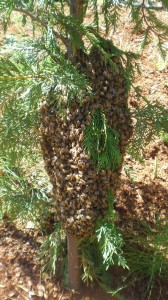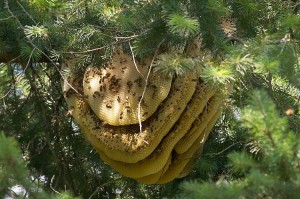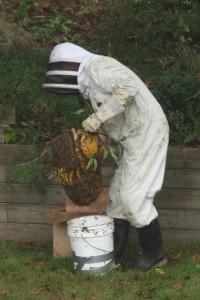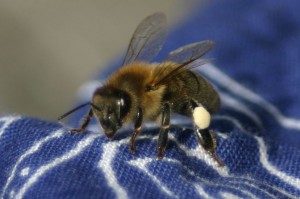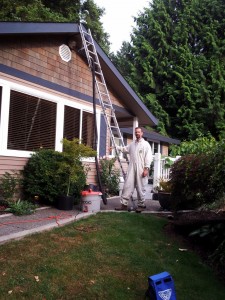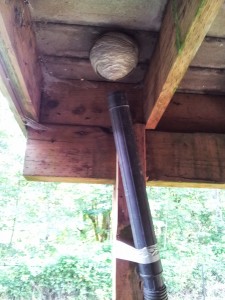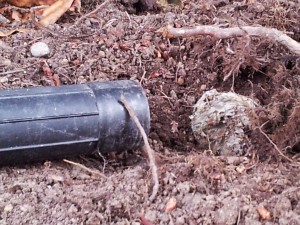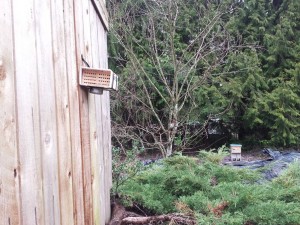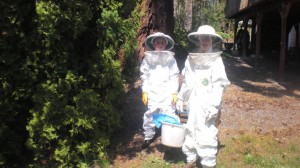As of October 27th, 2014:
16 hives are under the Rausch family jurisdiction .
(9 Langstroth, 7 Warre)
2 hives have died since Spring
(1 Warre was clogged w/dead bees; 1 Langstroth died as a result of a poorly mated new queen)
Sources for increase in 2014 (5 of these were combined into existing hives)
5 swarms collected
4 cut-outs performed
4 trap-outs performed
3 splits performed

